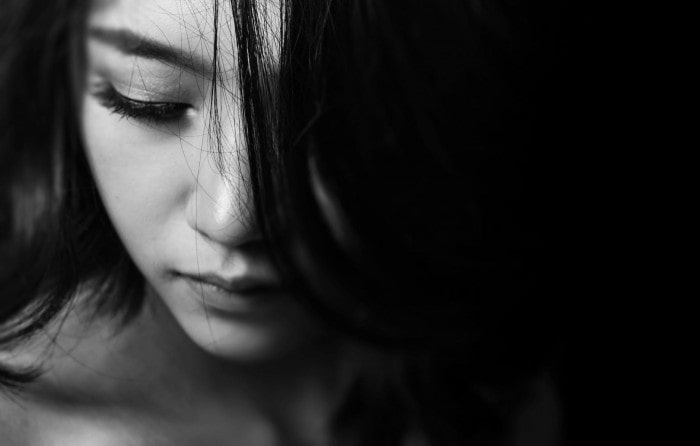
The power of black and white photography has long been in its ability to tell intimate stories. The focus on details, shadows, and contrast in black and white photography helps draw the audience into the frame in order to connect to the soul of the subject.
Here, we will explore how black and white photography has this power to tell stories and capture emotions. We will look at how photographers can utilize black and white photography to effectively tell stories as well as how this allows audience’s to connect to the soul of the subject.
History of Black and White Photography
One of the greatest effectiveness of shooting in black and white is that it creates timeless photos. Shooting in monochrome automatically summons a sense of nostalgia in which the audience is searching for a personal connection. Black and white photography can create a sense of being caught in an intimate and candid moment, as if you are peeking into someone’s life. It also portraits a sense of being caught in a moment where time stands still. Due to its focus solely on the subject, black and white photos are universal, even decades after they are shot, like it’s apparent in this collection from the glory days of Las Vegas.
Utilizing Monochrome In Your Photos
Shooting black and white photographs is a powerful way to convey emotions and to bring attention to the details of your subject. Due to this focus on details, black and white photographs create an intimate and powerful frame.Not for nothing even to this day black and white photography remains an extremely popular genre in online photography competition; check GuruShots app for stunning monochrome examples.
Before you shoot in black and white, it is important that you plan on when to use black and white and when it is most appropriate to do so. Your photos will be far more effective if you plan on using black and white while you’re composing the shot as opposed to just editing them in black and white after the fact.
While you are setting up the shot in your frame, try to imagine the scene in front of you without the colors. Instead of looking at how the colors interact with each other in the photo, you need to look at how the hues and tones work together in the photo. This can be different than how the colors are appearing.
As a photographer, another aspect you should be focusing on is the contrast between highlights and shadows in the frame. How you use these contrasts can be very important depending on the story you are trying to convey. In order to create dramatic contrasts in your black and white photos, knowing how to work with and create shadows is important.
If you desire dramatic shadows in your shot, it’s important to be shooting in a location where shadows are natural or can be made. If you’re not able to shoot during the times of day where the shadows are the most dramatic (usually around noon) or if you don’t have a location with light, then you can always create your own shadows. You can do this in a studio space or in any location if you have an external flash or man-made light source.
Using shadows and playing with contrast can help tell a story through black and white photography. This story will help further illuminate your subject and therefore allow the audience to view your subject’s soul in an intimate way.
Audience’s Perspective
One of the most effective genres to shoot in black and white is portraiture. Due to monochrome’s ability to focus solely on the subject without outside distractions that can be found in color photography, it brings the audience focus straight to the subject and keeps them there. It pulls the audience into the frame.
Shooting portraits in black and white can draw the audience into the portrait by exaggerating the details through things such as contrast and shadows. This can add a more human touch to photos, where “flaws” or idiosyncrasies of one’s features are not hidden, but rather explored and celebrated. This can provide a more intimate and emotional connection–truly a window into the soul.
